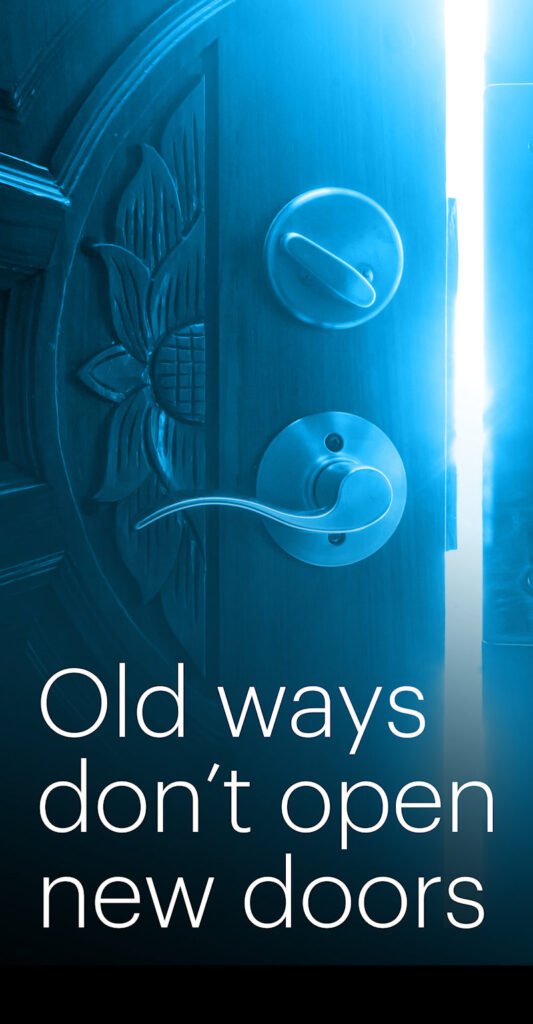
The signs are positive: in-person events are back and, in some cases, already exceeding 2019 numbers. Attendees are eager to network and learn. We’ve missed the human contact that live events provide. The pandemic gave rise to new initiatives and concerns that evolved when the expo halls were empty: sustainability, DEI (diversity, equity, inclusion), and technology that is changing the way event managers do their jobs. There is no reason not to be positive.
Unless…as Billy Joel sings, “Cause the good ole days weren’t always good.” With the resurgence of events comes the tendency to “do things the way we always did.” And that might be a mistake. Maybe it’s time to review some of the processes we always took for granted as the ‘right way’ to do business.
One area that requires careful attention is budget planning. It’s important to ensure that you’re sharing accurate budgets with your suppliers and that you’ve done your due diligence before establishing your budget. Costs have changed, some would say escalated, and it’s crucial to avoid asking suppliers to meet 2019 numbers. Your budget has to reflect current prices.
Another potential pitfall is relying on inexperienced staff. New people who took jobs abandoned by experienced workers often lack the expertise and experience to ask the right questions. These newcomers, probably through no fault of their own, don’t know what information they need to collect from clients. On the client side, new hires are often unaware of the many details that need to be part of an input conversation.
Returning to the exhibit hall with a plan to implement strategies that worked pre-pandemic can backfire. Today’s event is experiential and immersive. Perhaps your business goals have changed, or your audience’s way of absorbing information differs from what it was in 2019. Virtual learning or accessing more information online has influenced the delivery of messages at events. That’s not all bad; in a way, it leads to more meaningful conversations on the show floor, where attendees have sufficient knowledge to ask relevant—even difficult—questions.
One of the biggest wastes of time and money, particularly during the first twenty years of the 21st century, was issuing RFPs to find new suppliers. According to global marketing consultancy R3, marketers are looking for the three Cs: consolidation, creativity, and cost-cutting, with the last topping the list as the main driver of supplier selection. RFPs, according to Charles Littlefield, CMO of Mast-Jägermeister US, often do not result in cost-cutting, no matter what popular reasoning suggests. Because they take six to seven months to complete, they often add to costs, requiring participants on both sides to step away from their day-to-day duties and dedicate time to the process. Often, the search for a new supplier could be circumvented with open and honest communication where both sides share concerns and expectations to find areas of improvement and consensus.
We’re in a new age of in-person events, and many old practices and processes need to be reviewed and maybe abandoned. In an industry where labor is still in short supply, how can we allocate our time and resources to ensure that our event ROI is positive? How can we communicate more efficiently to reduce the clutter between event marketers and suppliers?
There’s the solution for all the above: communication! Especially cross-cultural communication. That’s one thing we’ve learned in the past 20 years. And if you want to talk about your global program, we’re good listeners.


Comments are closed.